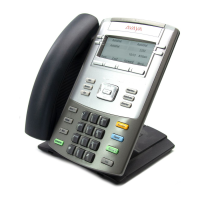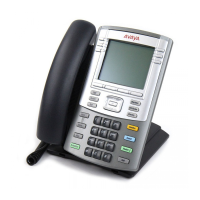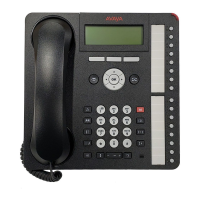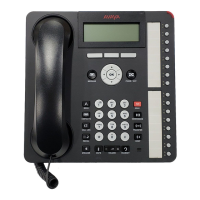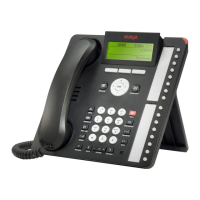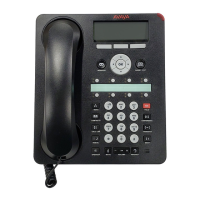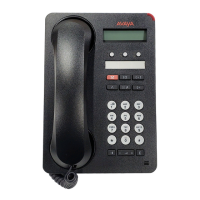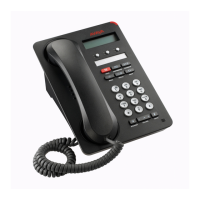What to do if Avaya 1120E shows 'Busy, try again'?
- AAnthony DavilaAug 17, 2025
If your Avaya IP Phone displays 'Busy, try again', it could be due to several reasons. First, the remote IP Deskphone might be active. In this case, wait for it to become idle before trying again. Alternatively, if the ACD is logged in, log out of the ACD IP Deskphone before using Virtual Office from another IP Deskphone. Finally, ensure that 'Make Set Busy' is active on the ACD IP Deskphone; if not, configure it to be active.
